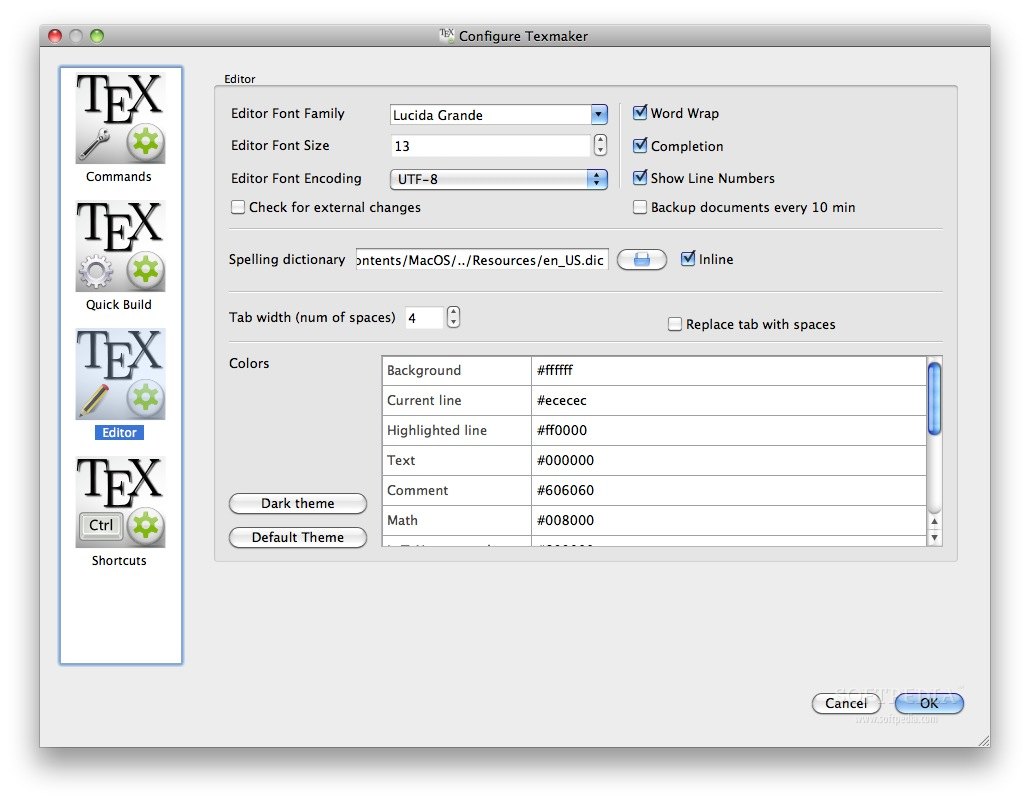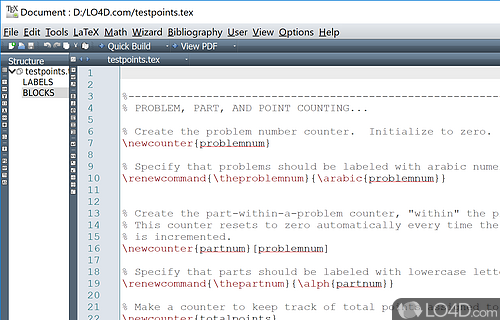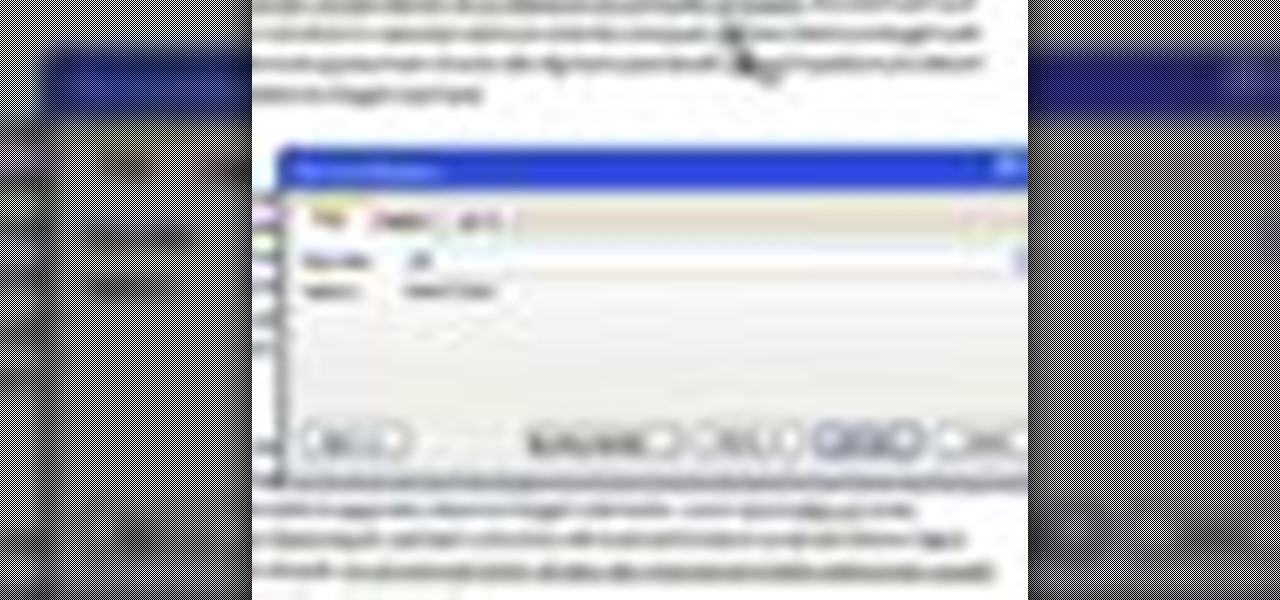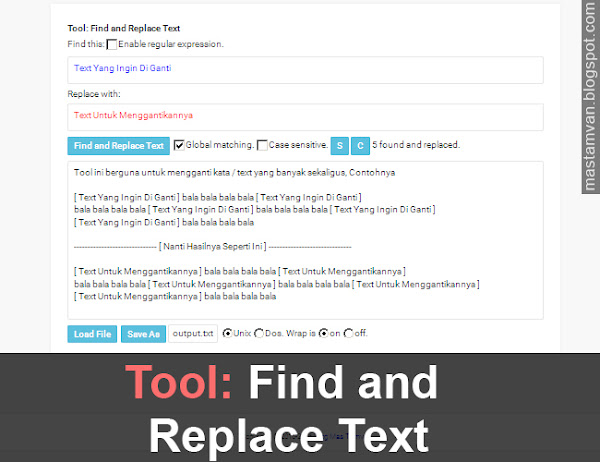

It supports all the typographyįeatures that TeX offers and much more (e.g., grid setting). InDesign is the preferred solution for most people who deal with Not to mention that these features aren't Microsoft to also add globally-optimizing hyphenation and pdfTeX's Improved and modernized version of TeX's algorithm. Version 2007 has introduced a math typesetting algorithm that is an

MS Word lacks only a few features to compete with TeX in most areas. Revitalized by the WHATWG, I expect the progress in these fields to even Ivory tower project XHTML has been abandoned and HTML has been Technologies like webfonts and CSS also make fast progress.

With MathML being integrated into HTML5, IĮxpect it to become more widely available as well. JavaScript librariesįor traditional TeX features like hyphenation or math are widelyĪvailable (e.g. HTML is already the basis for many current e-book formats (KF8, ePub),Īnd it's making tremendous progress everywhere. > Surely it can't be HTML5? And it can't be MS Word? Adobe inDesign? New thing now so I can be ahead of the game in 2020. I just like to find out so I can start learning this That can replace Latex? Surely it can't be HTML5? And itĬan't be MS Word? Adobe inDesign? DocBook? what else is there?įor something to replace Latex in 8 years, it must be something Years from now? What new technology for typesetting is there So the question then, what do you see replacing latex in 8 Remain in widespread use for at last f further 15 years" In both use and maintenance and hence will have the potential to High-quality formatting of a large range of elements in very complexĭocuments of arbitrary size.

Over anything else that will emerge in the next 10 years to supportįully automated document processing. "Meanwhile, the standard Latex system will have two major advantages
#Find and replace texmaker how to#
There is a wealth of guides on how to do this available on the web, including LaTeX's own guide on bibliography management here.Was reading 'the Latex companion', second edition, published in 2004,
#Find and replace texmaker series#
Once stored in a BibTeX file, a reference can be re-used in future documents (you may choose to maintain one master or a series of BibTeX files).You can do this by storing them in separate BibTeX database files (.bib extension). BibTex allows you to automatically generate and format a bibliography in a LaTeX document. You can manage your references and bibliography in LaTex using the BibTex system. Thanks to Imperial College's guide for this information.Ĭiting and referencing in LaTex - using BibTeX To preserve capitalization, edit the BibTeX file and enclose the specific text (whole not partial words) in curly brackets:Į.g. Some bibliography styles strip out capitalization in fields such as the title field this can be a problem if you want to preserve e.g. It is recommended to remove this information from the BibTeX file This information may pull through into the reference e.g. The BibTeX file is likely to contain extra fields of information not required for the actual reference.Use a text editor such as Notepad or TeXworks to Find and Replace e.g. To avoid this, all these characters should be prefixed with the ‘\’ character. $, %, &, \,) present in a BibTeX file can create problems during typesetting. Here are some suggestions to help with this: This automatic process may cause some issues and require you to tidy up the BibTeX files. Much time and effort can be saved by automatically generating BibTeX files through bulk export of multiple references either direct from databases or from reference management software.


 0 kommentar(er)
0 kommentar(er)
